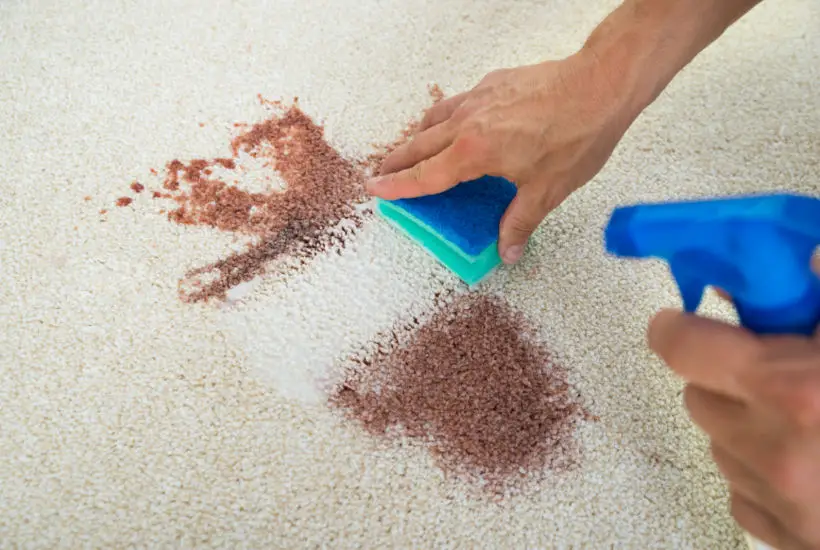Stains can be tough to handle, especially when you cannot identify their source. It can be even more challenging to determine the specific type of agent that can effectively lift stains. Indeed, different stains require specific methods to avoid causing even further discolouration. About 277,000 people in the UK used stain removers a few years ago daily. Now, more people are opting for simpler methods to handle tough stains. Here are a few.

1. Coffee stains on any fabric
Coffee spills are common, especially if you drink coffee often. Not only do they set quickly, but the longer they stay, the harder they become to clean. If you can attend to them within five minutes, there is an increased chance of lifting the stains. The first thing to do is to blot as much of the spill as soon as it happens. This involves using a clean napkin or kitchen towel to remove the liquid.
Avoid spreading while blotting, as that can make cleaning more challenging. The next step would be mixing a warm water solution, white vinegar, and dishwashing liquid. Then, soak a clean white napkin into the solution before cleaning the stain. After one or two rounds of rubbing, you can lift the coffee stain from the fabric. However, the procedure would be different if the stain dries up before you get the opportunity to clean. Instead of blotting, the first thing would be to spray the area with warm water to loosen up the coffee stain molecules. Surprisingly, hot water sets the stain even further into the fabric.
2. Grass stains on clothing or rugs
A mixture of hydrogen peroxide and dishwashing soap will usually do the trick for this type of stain. The most important step is to allow the solution to sit on the stained area for about fifteen to thirty minutes, depending on the extent of discolouration. Some people prefer to add a few drops of white vinegar to the solution to destabilise the stain molecules further. Note that a mixture of hydrogen peroxide may lighten the stained area for about three days. However, the colour returns to normal within a week or two. Learning these simple tricks can save you from paying high professional cleaning fees.

3. Oil and grease stains on carpets
Some of the best things to decorate a space are carpets, and they come in different textures and colours to fit any theme. They beautify the home and add warmth to your interiors. If you have a pet or a child in the house, the chance of having carpet stains increases. Fortunately, when the carpet is dark-coloured, some stains can go unnoticed. On the other hand, a light-coloured one would be a struggle to obscure. While there is the option to move a piece of furniture to cover these stains, it doesn’t resolve the mess. Oil and grease stains are one of the toughest stains to deal with. The first step is to sprinkle baking soda onto the stained area. Being alkaline, it neutralises the acidic makeup of grease.
When the entire grease-stained surface is covered, let it sit for about five minutes before vacuuming. You may have to repeat this a few times to get the baking soda properly saturated into the carpet fibres. Once you can see the stain fading, spray a solution of alcohol, water, and dishwashing soap onto the spot. It should sit for some time before you use an old toothbrush to scrub gently. Vigorous scrubbing may damage the carpet fibres, so it is recommended to do this with caution.

Leave a Reply